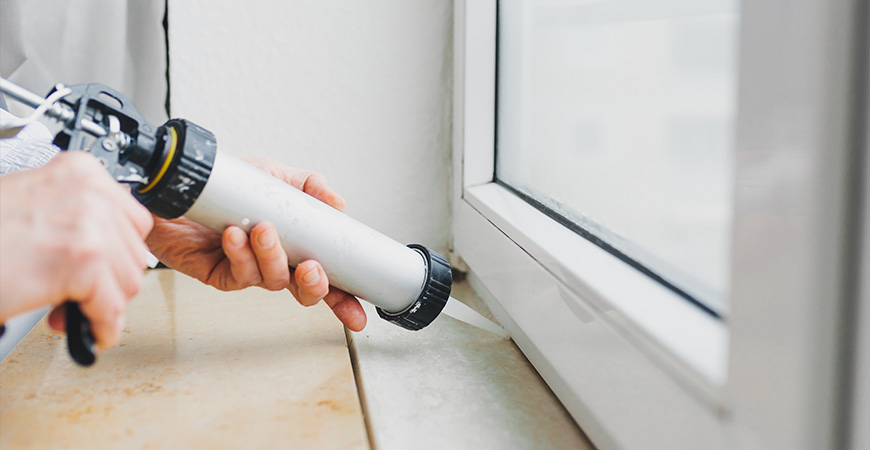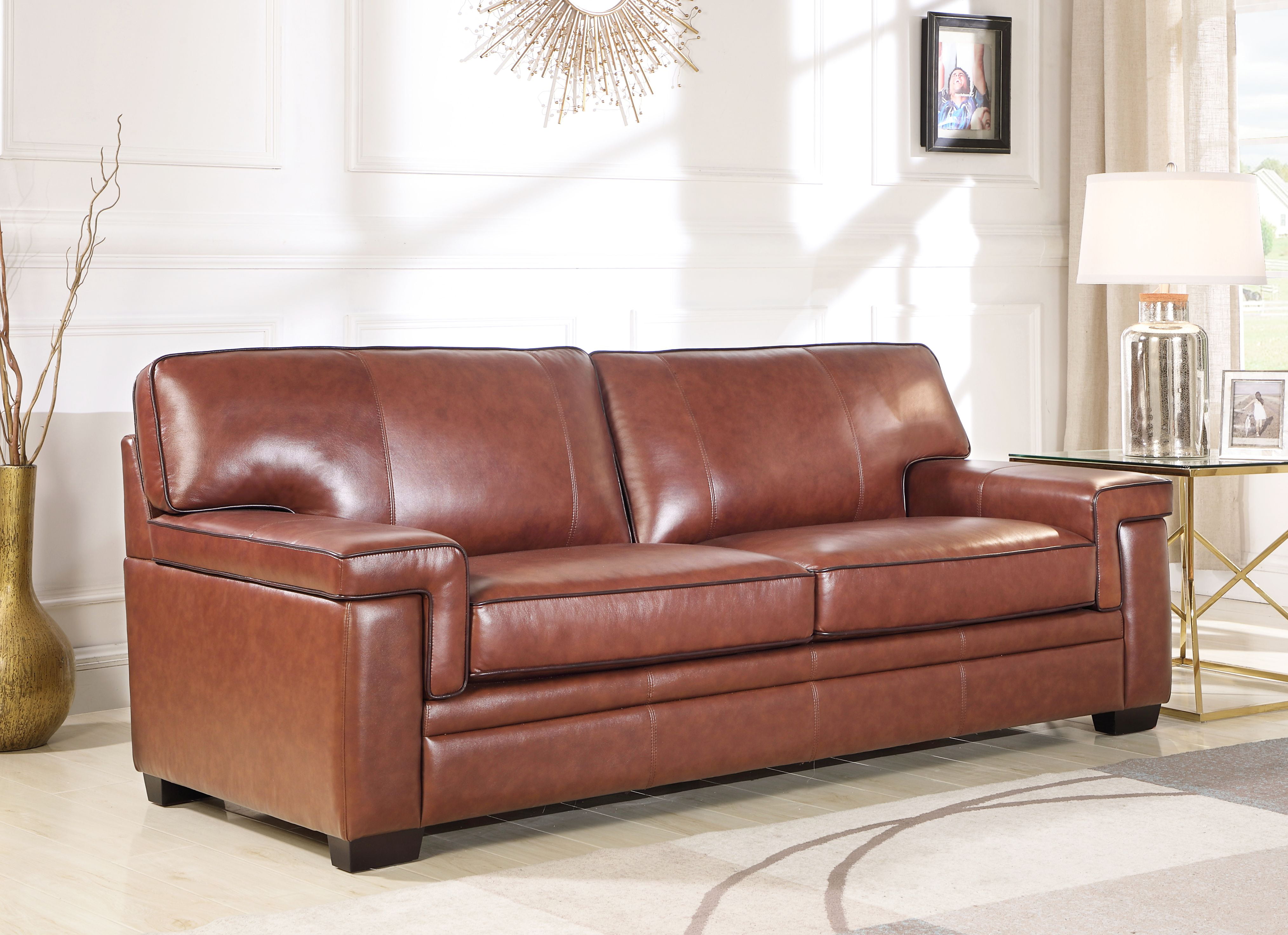Silicone Sealant for Windows and Doors
When it comes to sealing windows and doors, silicone is often the go-to choice for many homeowners. This versatile and durable sealant is specifically designed for use on windows and doors, making it the perfect solution for keeping your home protected from the elements. In this section, we'll explore the many benefits of using window and door silicone and why it's a top choice for many homeowners.
Kitchen and Bath Caulk
On the other hand, kitchen and bath caulk is specifically designed for use in wet areas such as kitchens and bathrooms. This type of caulk is typically made from acrylic or latex and is perfect for sealing around sinks, tubs, and showers. In the following sections, we'll compare window and door silicone to kitchen and bath caulk to help you determine which one is best for your specific needs.
Comparison of Window and Door Silicone vs Kitchen and Bath Caulk
While both window and door silicone and kitchen and bath caulk are designed for sealing purposes, there are some key differences between the two. The main difference is the areas of the house they are best suited for. As mentioned, window and door silicone is ideal for sealing windows and doors, while kitchen and bath caulk is best for wet areas. Additionally, silicone is more durable and has a longer lifespan compared to caulk, which may need to be replaced more frequently.
Benefits of Using Window and Door Silicone
One of the biggest benefits of using window and door silicone is its durability. This sealant is designed to withstand extreme temperatures, making it perfect for use on exterior windows and doors. It is also waterproof, which means it won't crack or peel when exposed to moisture. Plus, silicone is flexible, which allows it to expand and contract with changes in temperature without losing its seal.
Advantages of Kitchen and Bath Caulk
In comparison, kitchen and bath caulk has its own set of advantages. Since it is specifically designed for use in wet areas, it is resistant to mold and mildew. This makes it a great option for use around sinks, tubs, and showers where moisture and humidity are present. Caulk is also easier to apply and can be painted over, making it a versatile choice for various home improvement projects.
Differences Between Window and Door Silicone and Kitchen and Bath Caulk
Aside from the areas they are best suited for, there are some other key differences between window and door silicone and kitchen and bath caulk. Silicone is typically more expensive than caulk, but its longevity and durability make it a worthwhile investment. Caulk, on the other hand, is more affordable and comes in a variety of colors to match your home's aesthetic.
Best Uses for Window and Door Silicone
As mentioned, window and door silicone is best used for sealing exterior windows and doors. This includes gaps around the frame, where the window meets the wall, and where the door meets the frame. It can also be used for sealing around exterior trim and siding to prevent water and air infiltration.
Best Uses for Kitchen and Bath Caulk
Kitchen and bath caulk is perfect for sealing around sinks, tubs, and showers to prevent water from seeping into areas where it shouldn't be. It can also be used to fill in gaps and cracks in tile and grout, as well as around plumbing fixtures. Caulk can also be used for other home improvement projects, such as sealing around baseboards and trim.
How to Choose Between Window and Door Silicone and Kitchen and Bath Caulk
When trying to decide between window and door silicone and kitchen and bath caulk, it's important to consider the specific needs of the area you are looking to seal. If you are sealing exterior windows and doors, silicone is the best choice for its durability and weather resistance. If you are working in a wet area, such as a kitchen or bathroom, caulk is the better option for its mold and mildew resistance. Additionally, consider the cost and longevity of the product to determine which is the best investment for your budget.
Tips for Applying Window and Door Silicone and Kitchen and Bath Caulk
Proper application is key to ensuring the effectiveness of both window and door silicone and kitchen and bath caulk. Before applying either product, make sure the surface is clean and dry. For silicone, use a caulking gun and apply a smooth and even bead along the area you want to seal. Use a damp cloth to smooth out the silicone and remove any excess. For caulk, use a caulk gun and apply a thin bead along the area you want to seal. Use a finger or a caulk finishing tool to smooth out the caulk and remove any excess. Allow both products to dry completely before exposing them to water or harsh weather conditions.
In conclusion, both window and door silicone and kitchen and bath caulk have their own unique benefits and uses. By understanding their differences and best uses, you can determine which one is the best choice for your specific needs. Whether you're looking to seal your windows and doors or your kitchen and bathroom, both silicone and caulk are reliable and effective options for keeping your home protected and well-sealed.
The Importance of Choosing the Right Silicone for Your Home
Understanding the Differences between Window and Door Silicone and Kitchen and Bath Silicone
Window and Door Silicone
Kitchen and Bath Silicone
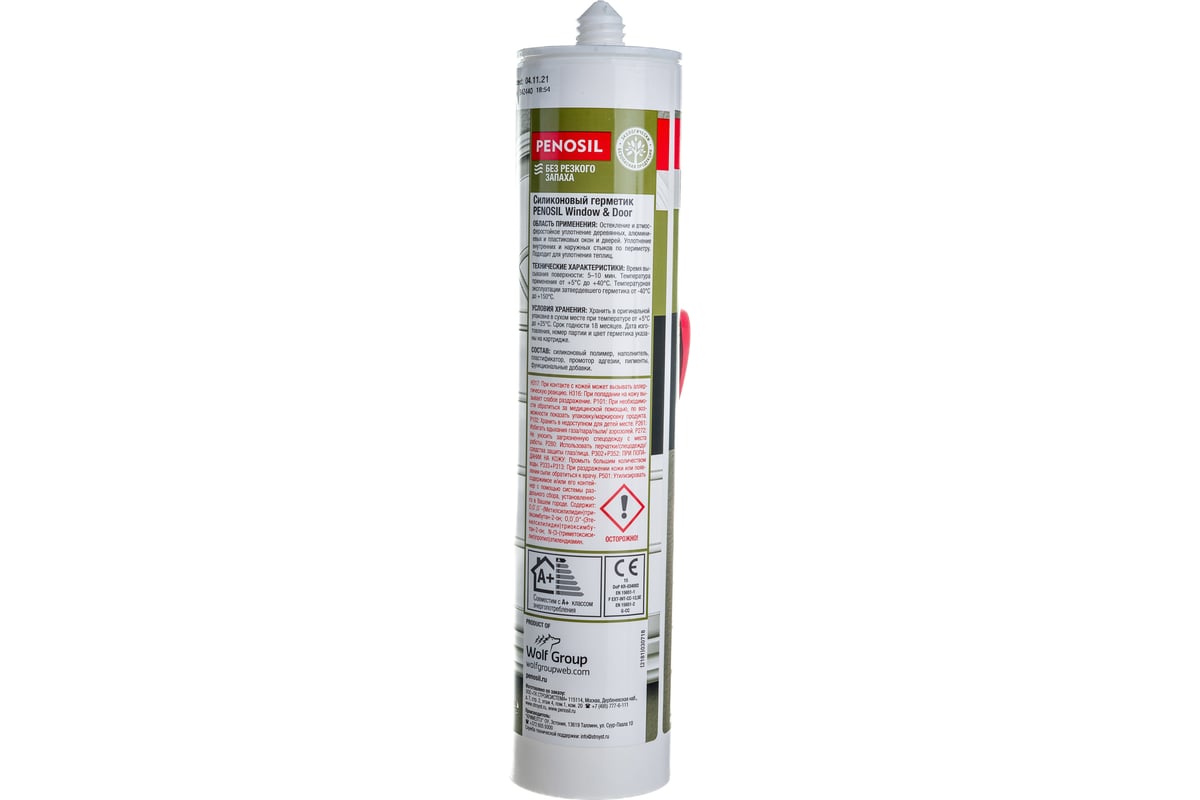 On the other hand,
kitchen and bath silicone
is formulated for use in areas with high moisture and water exposure. It is commonly used for sealing around sinks, tubs, and showers. This type of silicone is waterproof and mold-resistant, making it perfect for preventing water damage and mold growth in your kitchen and bathroom. It also has a higher adhesive strength, ensuring that it will stay in place even in wet environments.
On the other hand,
kitchen and bath silicone
is formulated for use in areas with high moisture and water exposure. It is commonly used for sealing around sinks, tubs, and showers. This type of silicone is waterproof and mold-resistant, making it perfect for preventing water damage and mold growth in your kitchen and bathroom. It also has a higher adhesive strength, ensuring that it will stay in place even in wet environments.


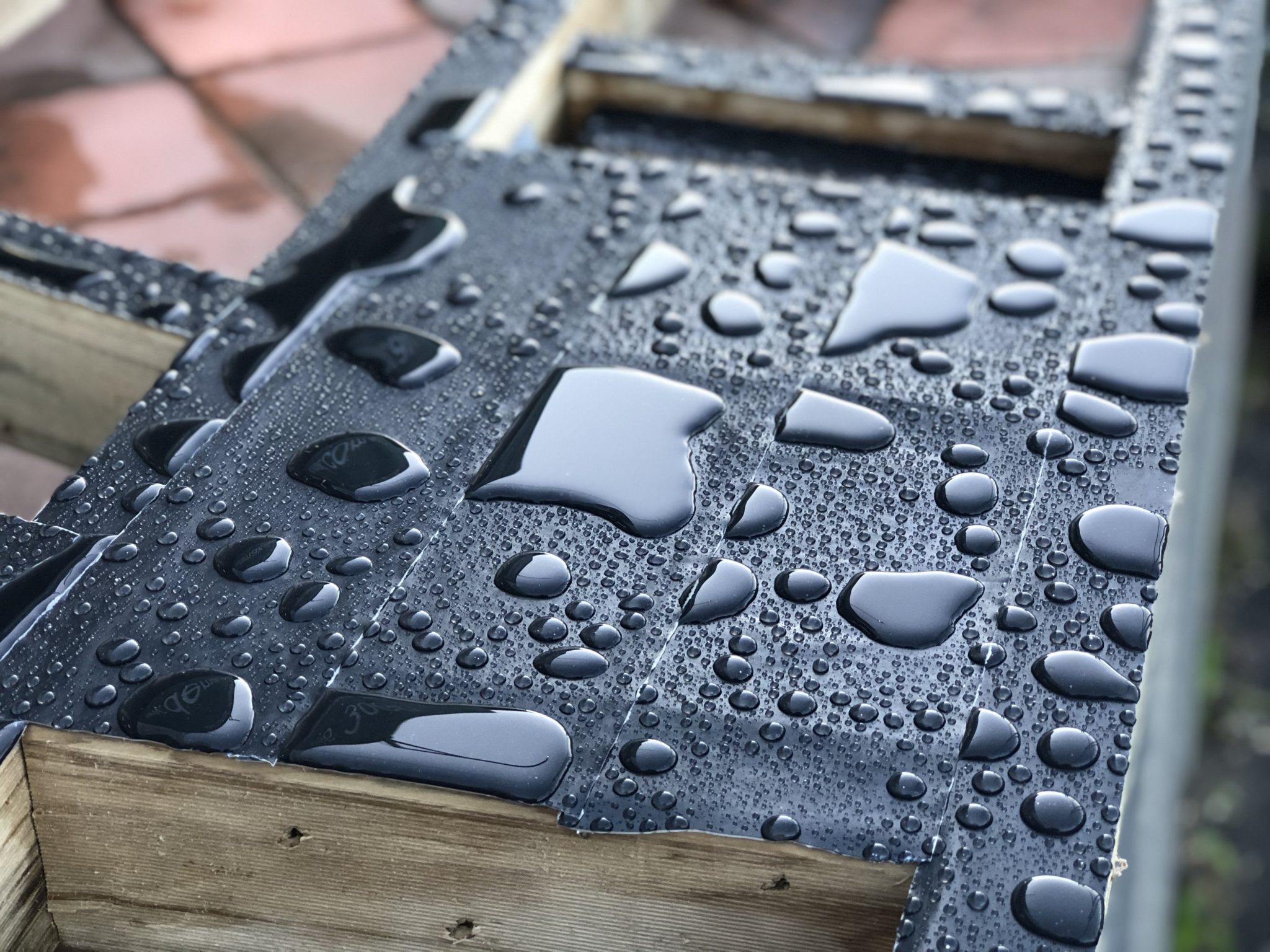
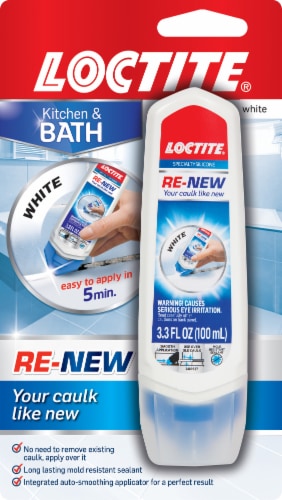


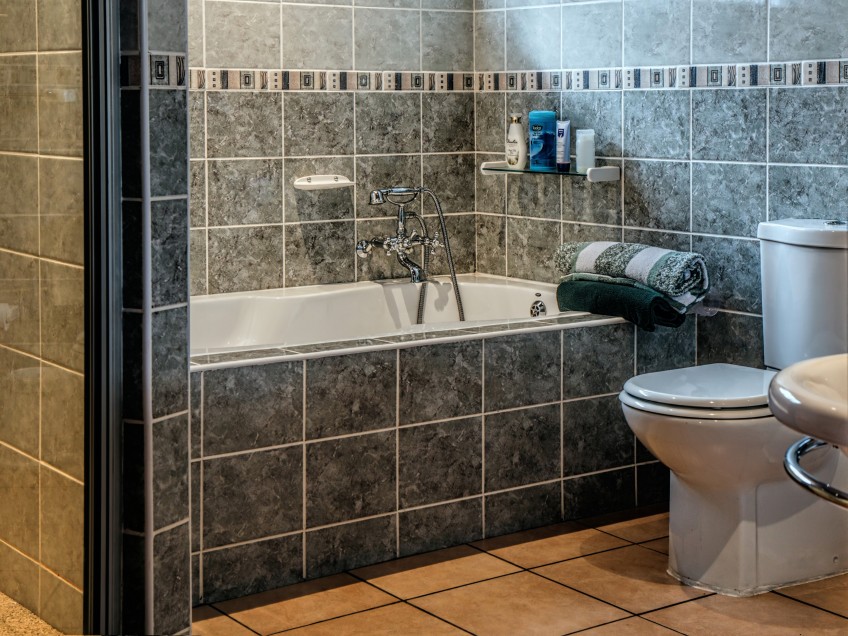
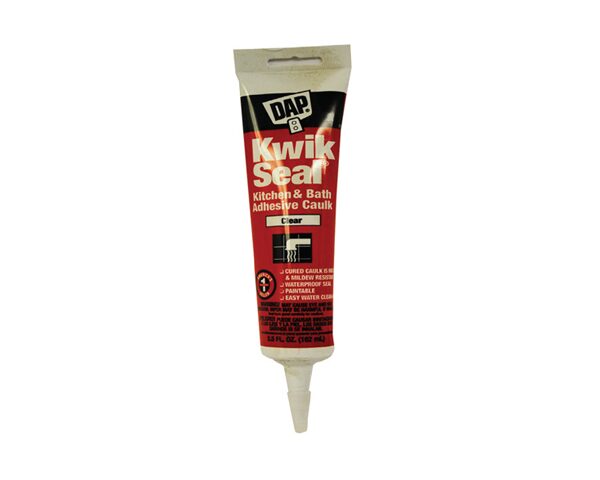

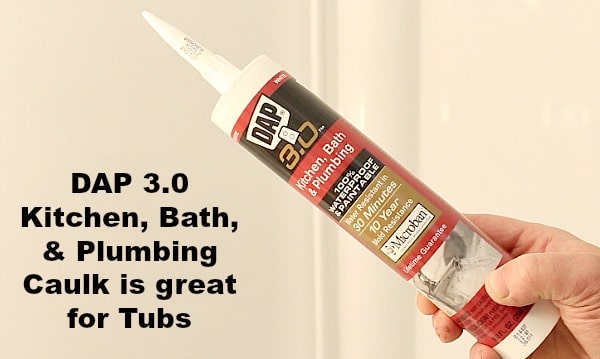
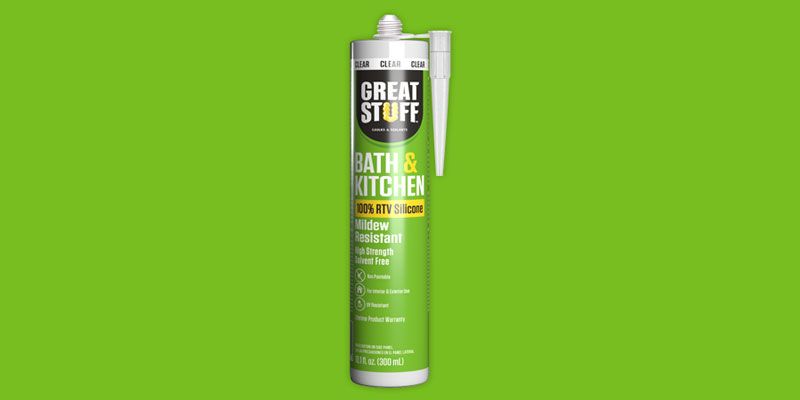


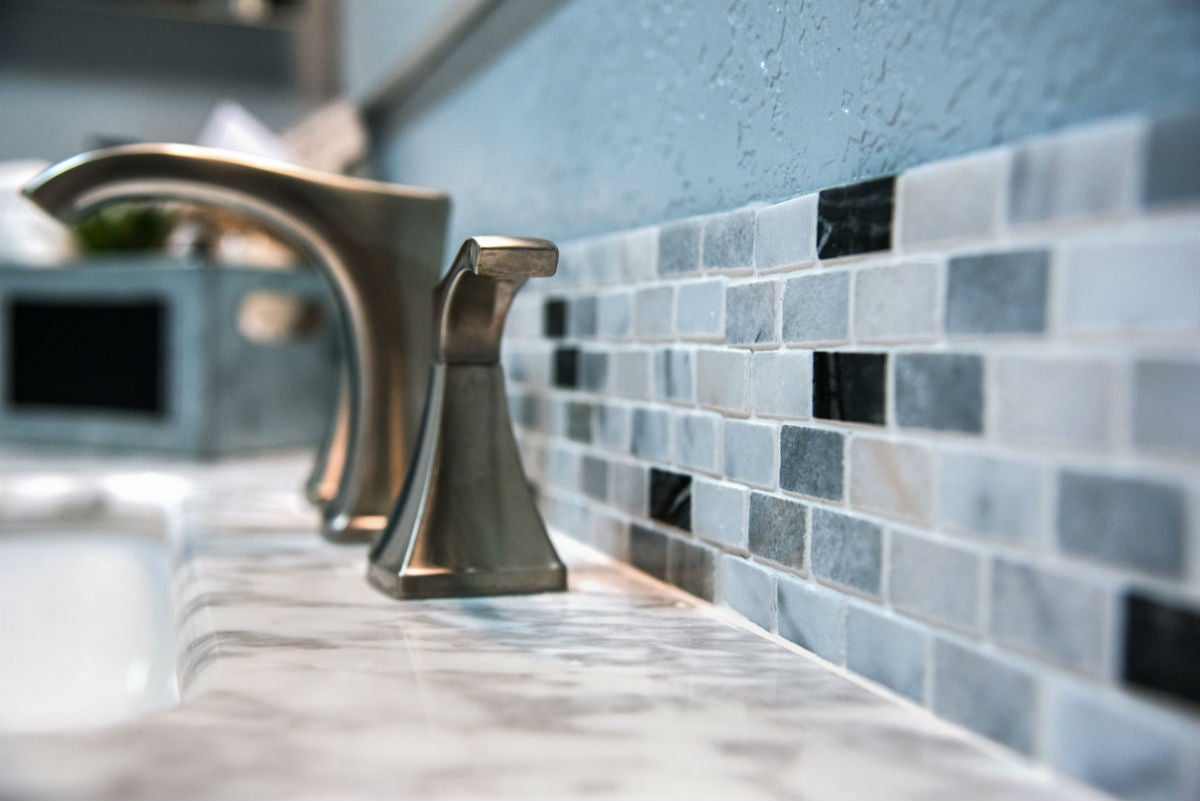
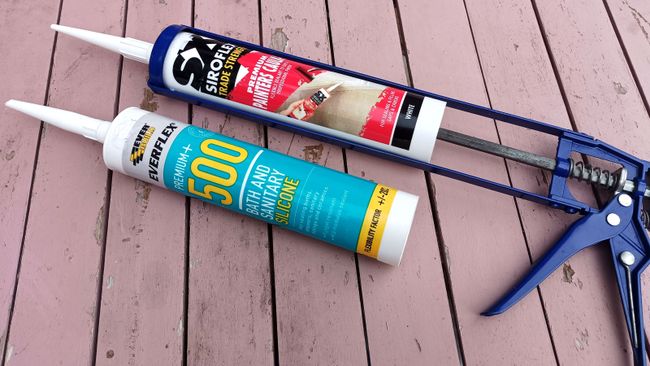


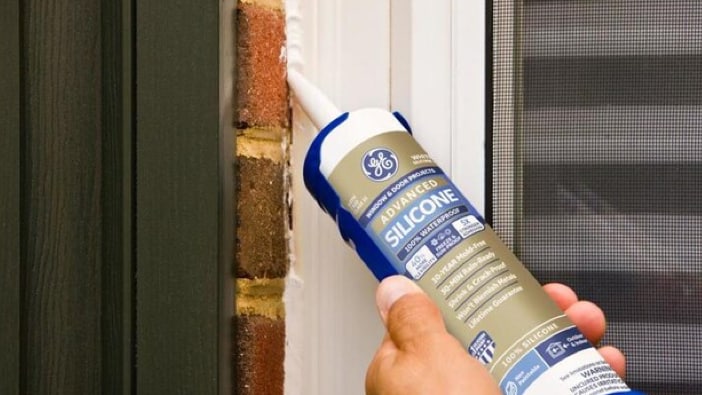
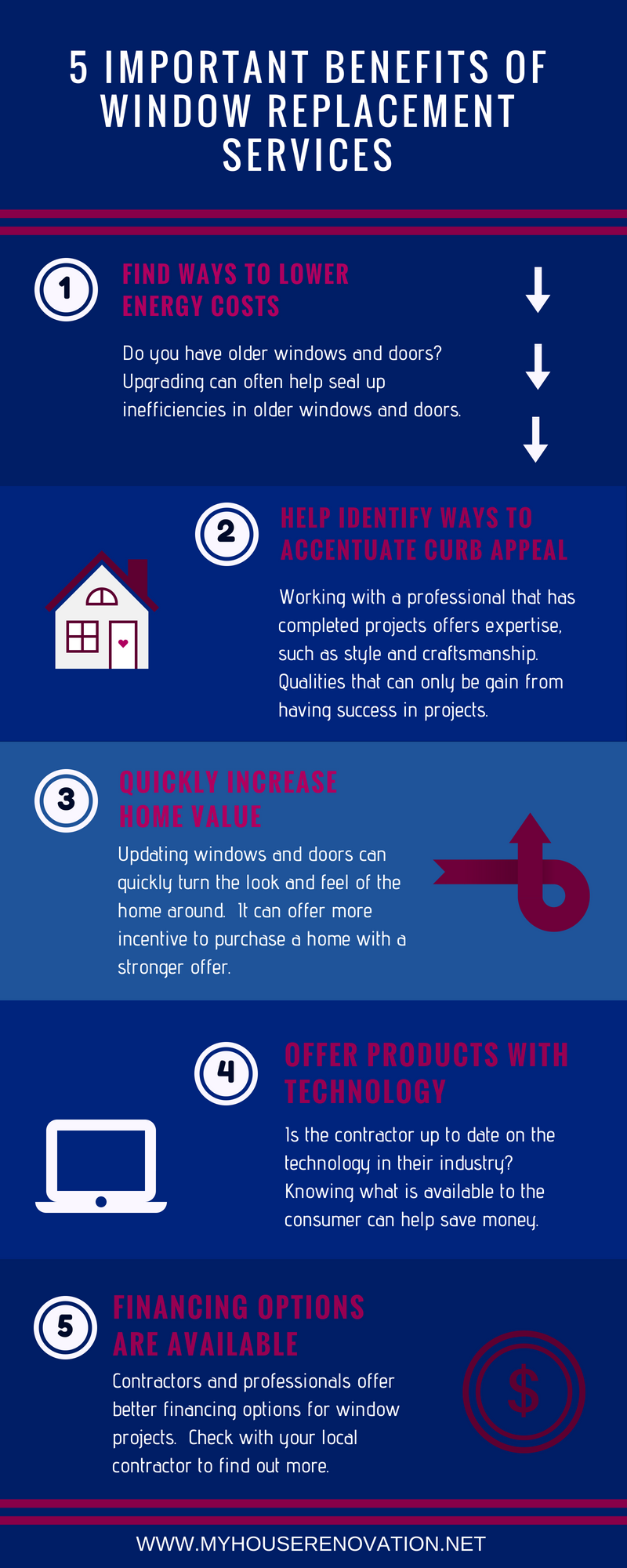

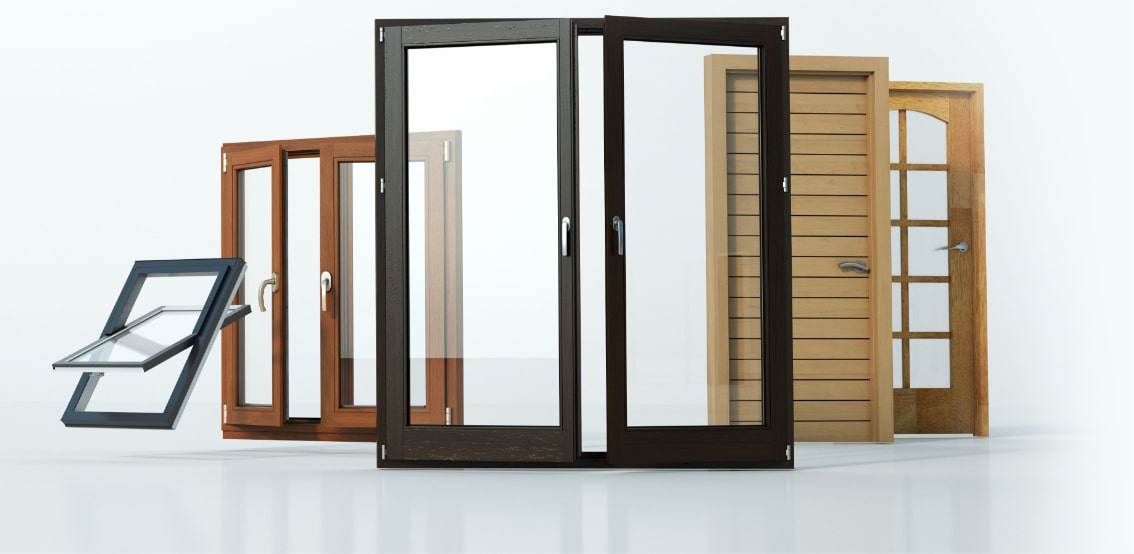
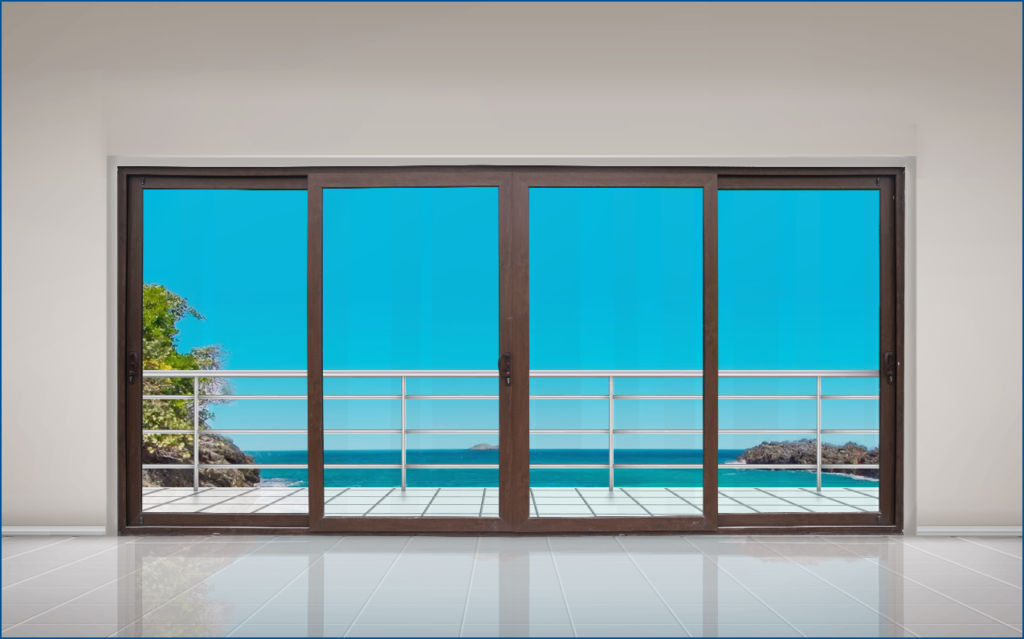







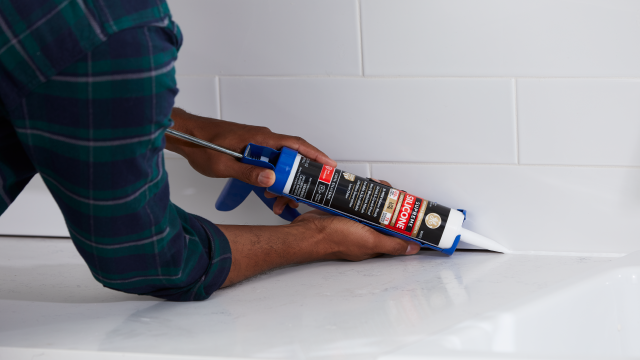




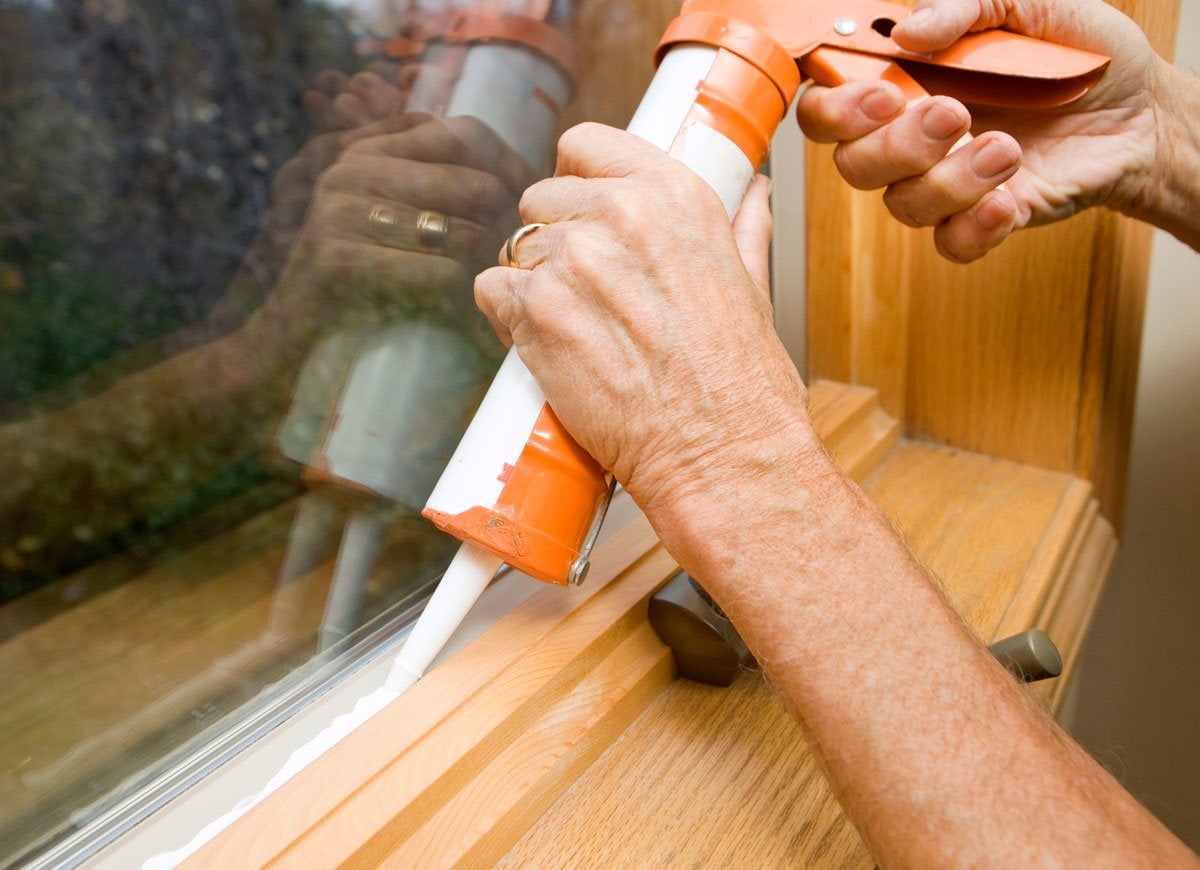







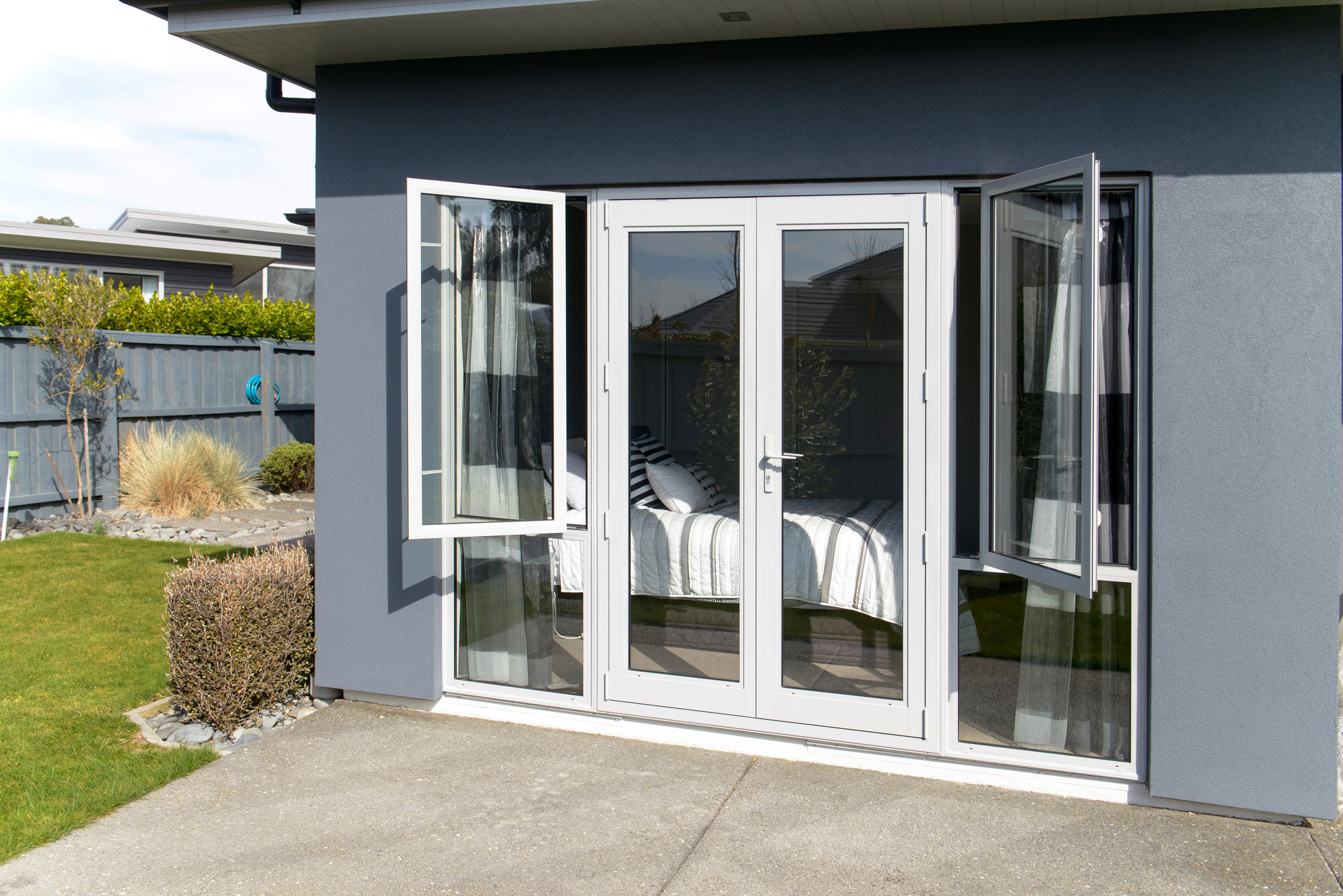






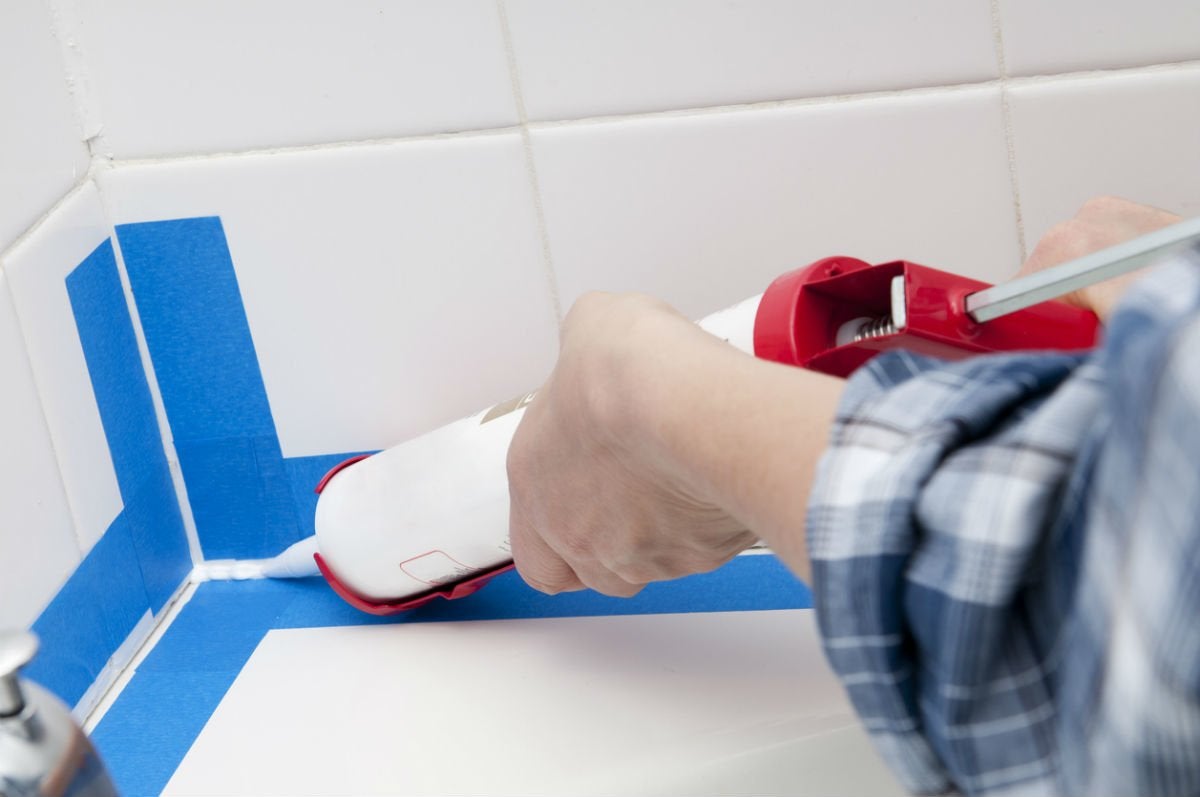

.jpg)
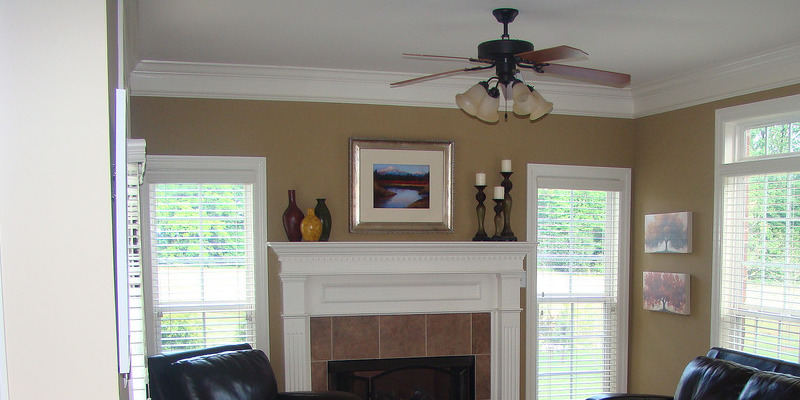

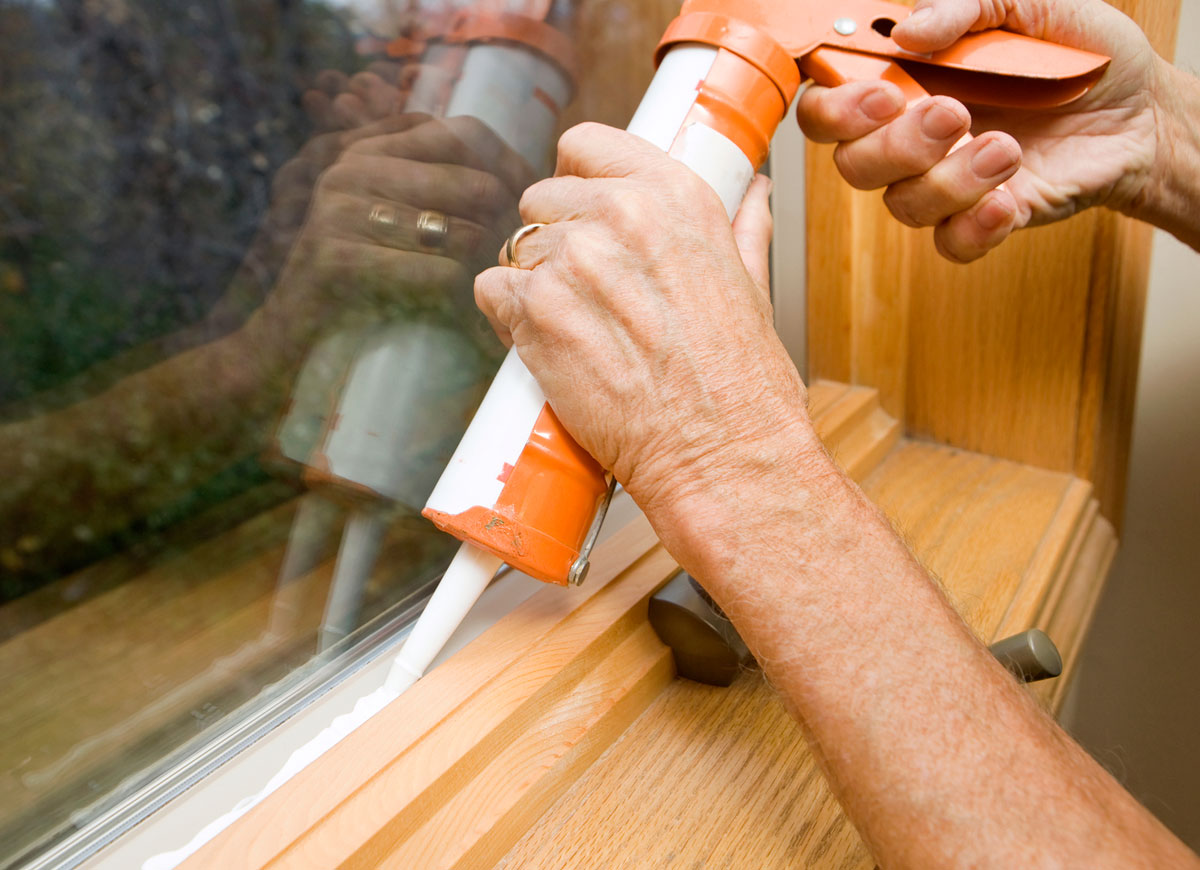
:max_bytes(150000):strip_icc()/adhesive-type-tub-and-shower-surround-2718959-08-2faed94c06094f6592f821a6d84ed00e.jpg)




